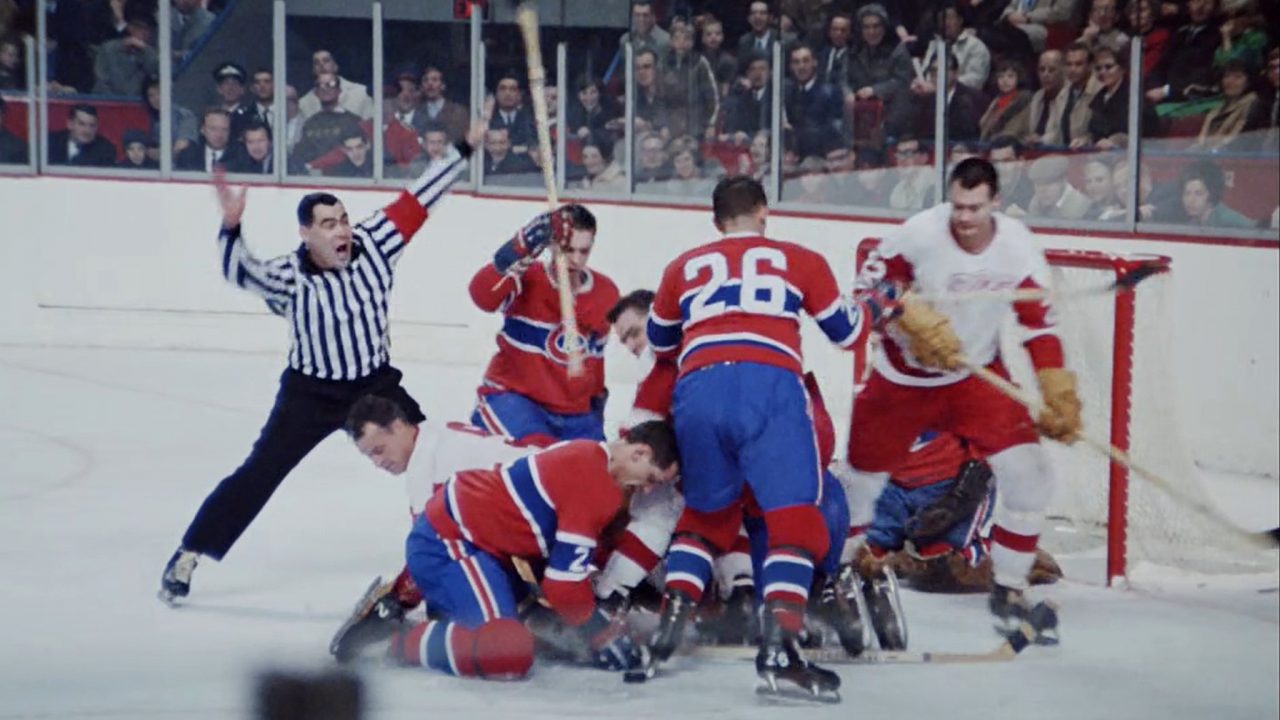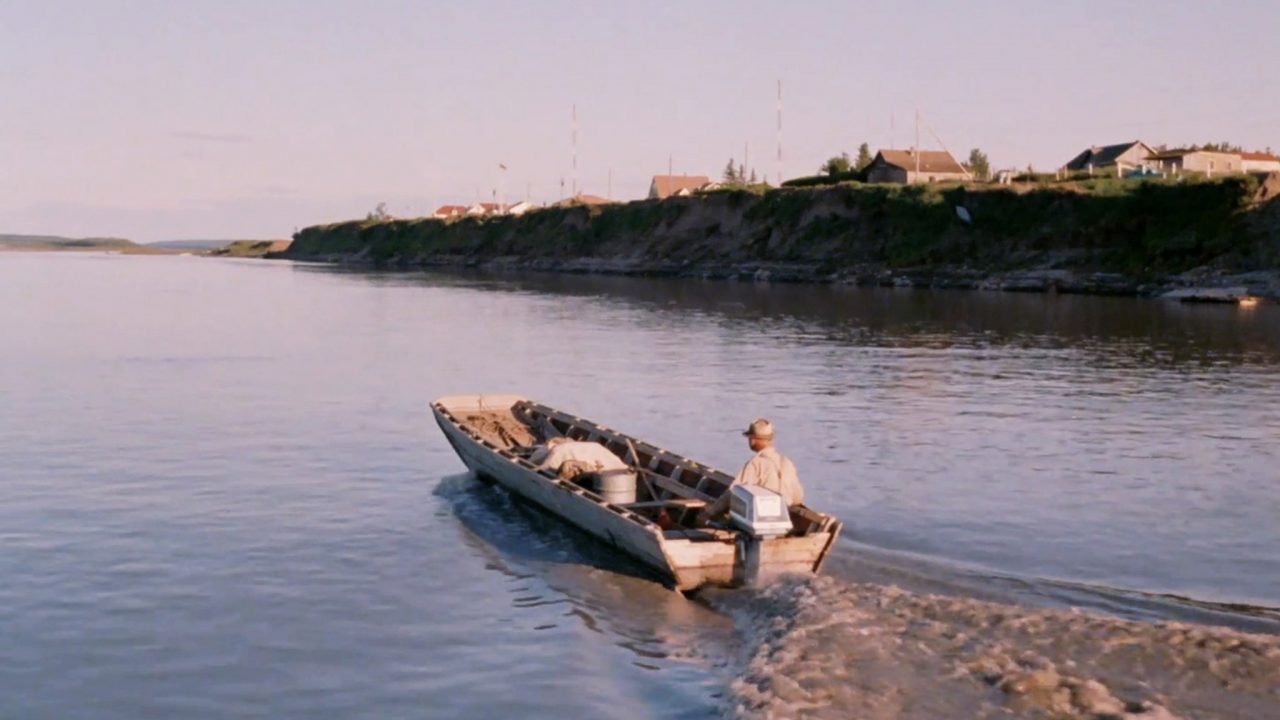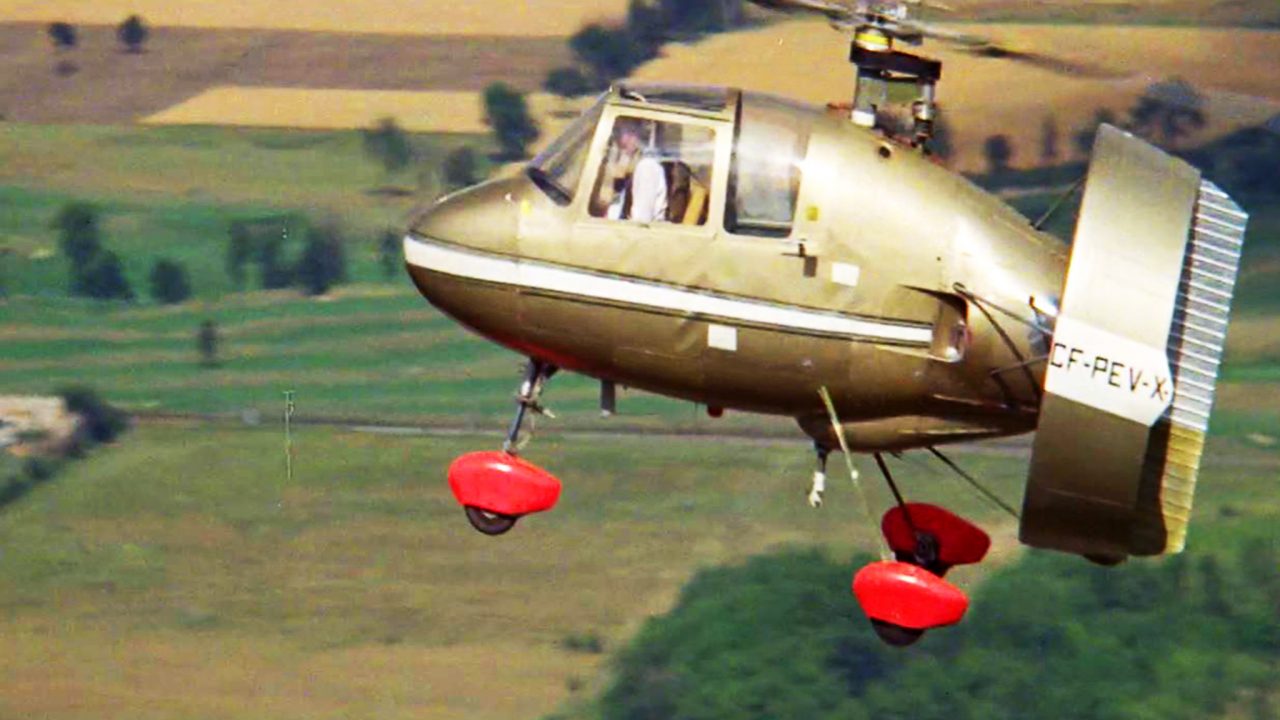
Theatrical shorts at the NFB: Cornet at Night
Theatrical shorts at the NFB: Cornet at Night
Once upon a time in movie theatres across North America, a short film (or two) would precede the main feature. Sadly, this practice has gone the way of the dinosaur. The screening of shorts in Canadian theatres existed as late as the 1970s. We can still occasionally see a cartoon short before the feature but this has become a very rare event. Theatres prefer to use this time to show ads and coming attractions, all in an effort to boost revenue. In the 1950s and 1960s, the short was an integral part of the movie-going experience. The NFB has sold many animated shorts to theatres throughout its history but there was a time when live action shorts also got prominent screen time.
Today’s post is about one of these live action shorts: Cornet at Night, based on the short story by Sinclair Ross.
The NFB has produced a large number of theatrical short documentaries and animated films that have been screened in Canadian theatres, as far back as the 1940s. Producers at the NFB started to explore adapting fiction to the screen in the 1950s, but most of the adaptations were made for television (as in the case of the Perspective series). L’Homme aux oiseaux (1952) was one of the first short stories to be adapted for the big screen. Based on a short story by Roger Lemelin (who had penned Les Plouffe), the short did very well theatrically throughout Quebec and was also made available in an English-subtitled version.
In the early 1960s, the CBC bought the rights to Sinclair Ross’s “Cornet at Night” with the intention of producing a television adaptation. It was essentially a coming-of-age story set in the Prairies during the 1930s. The screenwriter at the CBC had a great deal of trouble producing a suitable screenplay and eventually gave up. The CBC passed on the project, much to Ross’s chagrin.
Ross then contacted the NFB, who in turn bought the rights to produce a theatrical short. NFB veteran Stanley Jackson started from scratch, producing a new screenplay based on the short story and also signing on to direct. Filming in 35mm took place near Prince Albert, Saskatchewan, in mid-August 1962, for a period of 3 weeks. The cast was comprised of local actors with the exception of David Blair from Saskatoon, who was cast as the cornet player.
Unfortunately, the weather did not co-operate. Jackson wrote in a memo that it was the wettest summer on record, causing innumerable delays to the film shoot. The story takes place during the harvest so there was no choice but to wait for the weather to clear up. Jackson was finally able to complete principle photography by mid-September and return home to edit the film.
Columbia Pictures of Canada picked up Cornet at Night for distribution and released it across Canada in the fall of 1963. It did very well in Western Canada, playing, notably, for 15 weeks at the Park Theatre in Vancouver, where 22,000 people saw it. American International bought the US theatrical rights and released it in the Boston area. The film also played on the big screen in a half dozen other countries, including the United Kingdom and West Germany, and won an award at the Itinerant American Film Festival in New York in the spring of 1965. Television sales were made to a handful of countries, including Taiwan and Malaysia.
The production of theatrical fiction shorts continued sporadically over the next few years, but the bulk of adaptations of Canadian stories were made for television. The NFB also embarked on the production of a series of feature films in 1963, relegating theatrical shorts to the back burner. Still, some great shorts came out at that time, including The Railrodder (1965) starring Buster Keaton, which was a huge hit.
Cornet at Night is a simple film that tells a simple tale, but it is expertly crafted, conveying a beautiful message about how music can change people’s lives. Jackson and company have done a great job relating the story in a compact 14 minutes. I invite you to check it out and travel back to another time. The popcorn is on me. Enjoy.
Cornet at Night , Stanley Jackson, provided by the National Film Board of Canada




Thanks for this. I’d only ever heard the title before and had no idea of what it was like.
I so admire the work of the cinematographer and the two sound engineers. In country like that it is far too easy to shoot bland images. The ambient and wild sound like that in this film is notoriously hard to capture.
It is a beautifully crafted film. Thank you for putting it up on Facebook and doing this article.
Albert: Great, thanks. David
I quote: ‘won an award at the Itinerant American Film Festival in New York in the spring of 1965’
I’m a nephew of Stanley Jackson and writing a brief Family History of his parents and his 4 brothers and sisters.
Does anyone know of a ‘formal’ name of this particular award?
Secondarily, when I look- up New York City Film Festivals or Itinerant American Film Festival many events are listed but I didn’t find anything actually corresponding – but this would be of less relevance if we had the title of the award.
Thanks for your attention David
Hello David,
The film won the Blue Ribbon Award-Category: Stories For Children. The official name of the festival is The Itinerant-American Film and Video Festival.
best,
Albert Ohayon
NFB English Collection Curator